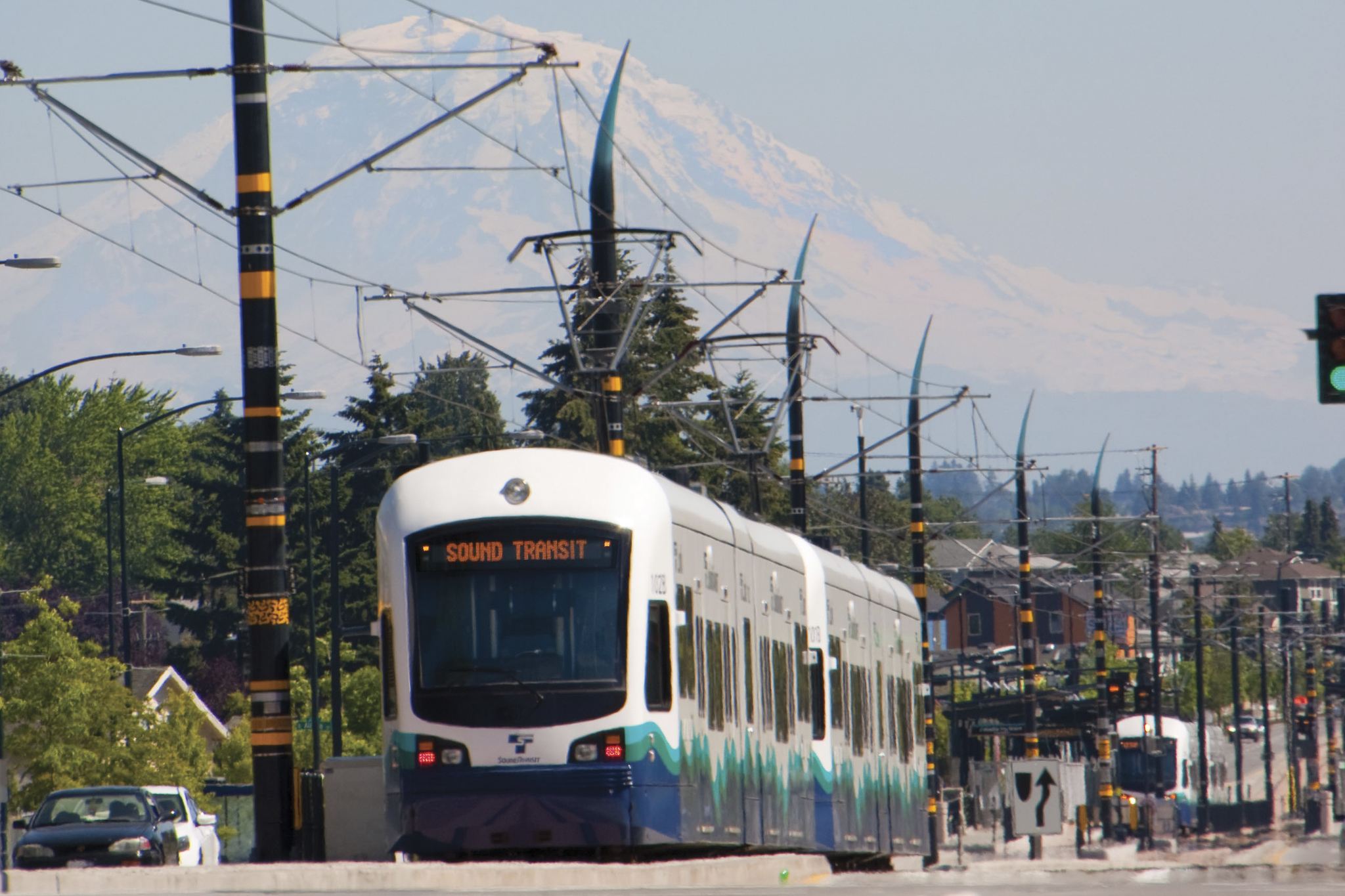Bill Clinton’s woes weren’t the only subtext when Vice President Al Gore, Sen. Patty Murray, US Transportation Secretary Rodney Slater, and a raft of other dignitaries gathered to dedicate the Port of Seattle’s new Terminal 5 last Saturday. Environmental officials and advocates, and trade and shipping interests, all wondered if Slater would address the years-long impasse over how to protect the outer Strait of Juan de Fuca against oil spills.
Slater announced only that he was working to resolve the issue, and that it was especially important to Murray and Gore. But Tom Fitzsimmons and Kathy Fletcher—directors, respectively, of the state Department of Ecology and People for Puget Sound—took heart from both that signal and a meeting that morning with Slater and other key Transportation and White House officials. “I’ve watched DOT wake up and see there’s a problem they need to deal with,” says Fletcher.
The problem, in a nutshell: A federal study (plus a string of close calls and small spills) has highlighted the danger of a major oil spill in the Strait and the crying lack of safeguards to keep a tanker’s drifting or grounding from becoming a catastrophe. Murray, Congressman Jack Metcalf, and a slew of newspapers, local governments, and green groups have urged that tug escorts be required on the Strait, just as they’re already required (post-Exxon Valdez) in Puget Sound. Oil and maritime companies have instead urged trying a much more limited (and cheaper) “International Tug of Opportunity System” (ITOS). This means installing transponders on tugs working the area so they can hear when a ship’s in trouble—even if they can’t unhook the, say, oil barges they’re towing to come to the rescue. The Coast Guard has endorsed this untried scheme, and declined to complete the risk assessment required by law before it can impose rules. Pleading that it also lacks authority to make other rules, the Ecology Department has endorsed a trial ITOS, on assurances that tugs will be able to respond to emergencies within two-and-a-half hours.
Now, however, with the issue kicked upstairs from the Coast Guard to the Transportation Department, the greens and regulators hope the feds will resume the rule-making process and give negotiators some teeth. And DOE is pushing the maritime industry for additional safeguards during the ITOS trial.
The obvious safeguard would be to station a powerful rescue tug at Neah Bay (as required, along with escorts, in Alaska’s Glacier Bay). But Petroleum Association regional manager Daniel Riley says various options should be weighed—perhaps “to give a high-risk ship an escort” (and presumably ease up on others). But what’s “high-risk”? The Exxon Valdez wasn’t exactly a Panama-flagged rust bucket, after all.
DOE’s spill-prevention manager, Joe Stohr, calls the protracted negotiations “frustrating” and warns that “time pressure is increasing.” So, soon, will the winds and swells on the Strait, as the high-risk season begins.
Recently, however, what Fitzsimmons calls “a windfall” appeared, docked just east of the Ballard Bridge. This is the Encounter Bay, a versatile 188-footer built in Norway in 1973 to service oil platforms, later turned to smuggling, and finally seized in a record pot bust. The Encounter Bay has a tall icebreaker hull, rotatable-pitch propellers with separate rudders for terrific maneuverability, steel towers ready-made for fire hoses, and a huge deck that could accommodate hundreds of shipwrecked passengers. And she might cost just $1.5 million a year to operate, versus $6 million (including capital costs) for a new, top-of-the-line rescue tug. “Everyone agrees the Encounter Bay would be a great spill-response vessel,” says Kurt Beckett, an aide to Congressman Norm Dicks, who has examined the boat. “The question is whether [with less power than today’s super-tugs] she’d be a good tug.”
And whether she’d be available without a fight. When the US Maritime Administration offered the seized vessel to qualifying agencies, the Makah Tribe sought her as a rescue vessel. But the Seattle Maritime Academy, part of Seattle Central Community College, got first dibs. The academy can’t afford the crew and fuel to actually take her out, and so uses her as what its director, B.J. Aune, calls “basically a floating laboratory.”
To critics who insist that the boat be put to better use, Aune insists that its “laboratory function” is valuable. Moreover, he is loath to let his working dockside classroom go: “There’s a perception they’re going to get this vessel for free. That’s just not going to happen.” Yet he seems anxious to accommodate his constituency and suggests as one possibility a “middle course” in which the Encounter Bay becomes a rescue tug operated by the Academy. “If we can participate,” Aune says, “it could work.”
Aune is most anxious, though, to accommodate the marine businesses that fill the academy’s advisory board and executive council and provide “cash contributions . . . very generous support” (and who, more to the point, are wary of paying for more safeguards). “We have to be very mindful of that,” says Aune. “I don’t want to bite the hand that feeds us.” This puts him squarely in line with everyone from US administration on down: Ever mindful of the oil and shipping industries, they keep deferring spill protection.







